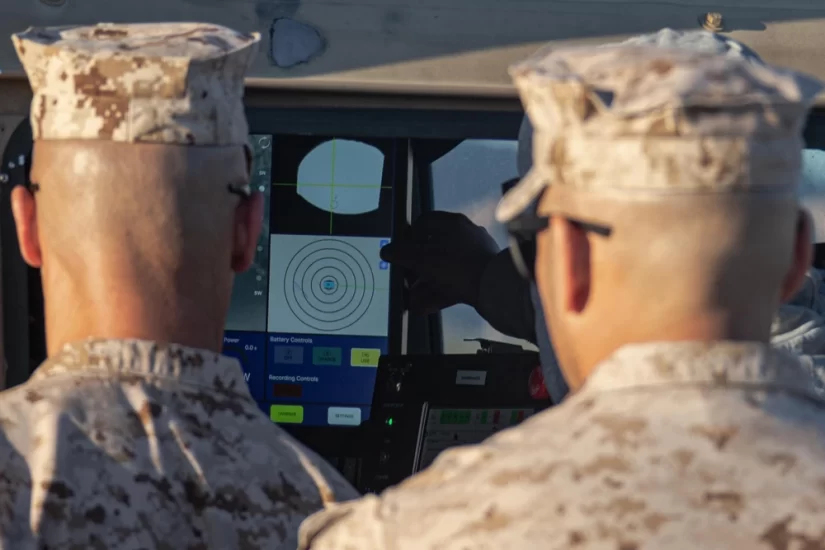The United States Senate Armed Services Committee has voiced its concerns regarding the speed at which the US military is fielding AI-enabled counter-uncrewed aerial systems (C-UAS).
In its report, the committee points to obstacles to transitioning these innovative capabilities from Special Operations Command (SOCOM) to conventional forces. “The committee commends SOCOM and U.S. Central Command for leveraging innovative capabilities like open-architecture, vertical take-off and landing, and AI-driven autonomous air vehicles for Group 3 defeat missions,” the report states. “However, the committee is concerned that the Services have not budgeted to sustain and expand these types of critical capabilities.”
Seeking answers, the committee is calling on the service acquisition executives of the US Army, Navy, and Air Force to provide separate briefings to the Committees on Armed Services of both the Senate and the House of Representatives, by January 31, 2025. These briefings should include plans to resource, transition, and scale advanced, AI-enabled, combat-validated UAS defeat capabilities to conventional forces.
In addition, to meet the growing threat to the military from individual UAS and UAS swarms, the committee recognises the importance of directed energy (DE) capabilities in C-UAS but cautions that these must be fully tested and servicemembers must be trained in their operation before they can be deployed. The committee therefore is calling for the Secretary of Defense to submit a briefing by March 31, 2025, on the current Department of Defense (DOD) capability to test DE systems and plans to increase that capability.
The committee says this briefing should cover a number of issues including a complete list of DOD test ranges currently conducting DE systems testing; an assessment of existing Federal Aviation Administration and National Telecommunications and Information Administration (NTIA) policies and regulations relevant to the testing of DE systems and the use of spectrum analysis tools; and an assessment of the potential impacts of DE system tests on the National Airspace System and the electromagnetic spectrum.
For more information
Senate Armed Services Committee
Image: US Marines, assigned to Marine Aviation Weapons and Tactics Squadron One, and Naval Surface Warfare Center Dahlgren and Crane Division, observe a monitor used to track UAS in a high energy laser expeditionary exercise as part of a weapons instructor course in Arizona, April 2024. (U.S. Marine Corps photo by Cpl. Alejandro Fernandez)




